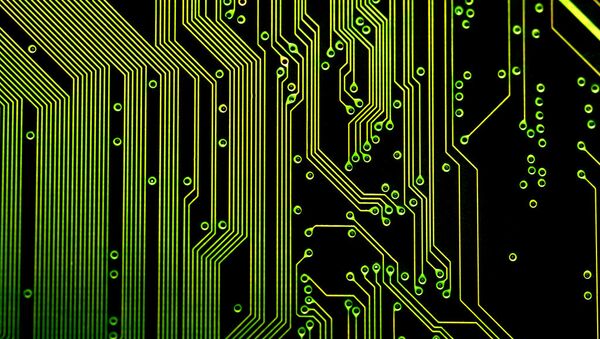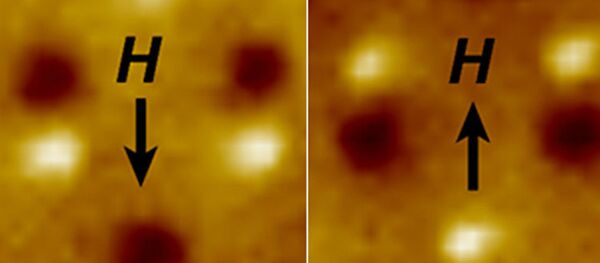"Today's optical fibers are able to transfer information at record speeds of hundreds of gigabytes per second. However, silicon electronics do not allow such fast information processing. The creation of a nonlinear optical antenna will allow us to solve this problem, and pave the way for ultrafast processing of optical information," said Denis Baranov of MIPT, one of the authors of a paper published in the ACS Photonics journal.
The scientists used conventional silicon to create a nanocrystalline silicon nanoparticle, configured to act on beams of light of a certain wavelength, intensity and duration. In their experiments, the electronic plasma inside the nanoparticles showed an ultrafast reaction to short and intense pulses of light.
The scientists say the particles might be used as to form optical nano-antenna for information processing in future generations of fiber-optic communication lines and computer chips.
"Our work lays the foundation for developing ultracompact and ultrafast all-optical signal processing devices," the scientists wrote in their paper.

However, in recent years advances have become limited by the amount of electricity needed to power the ever-increasing number of transistors which transfer data, leading scientists to seek alternatives such as light-based or quantum computing.





